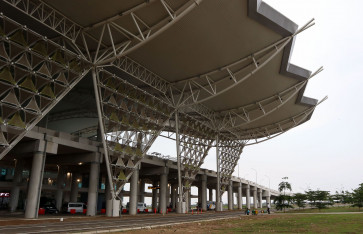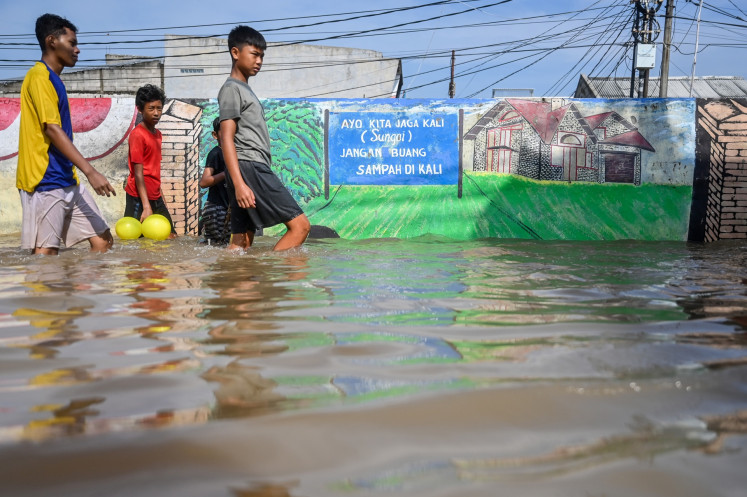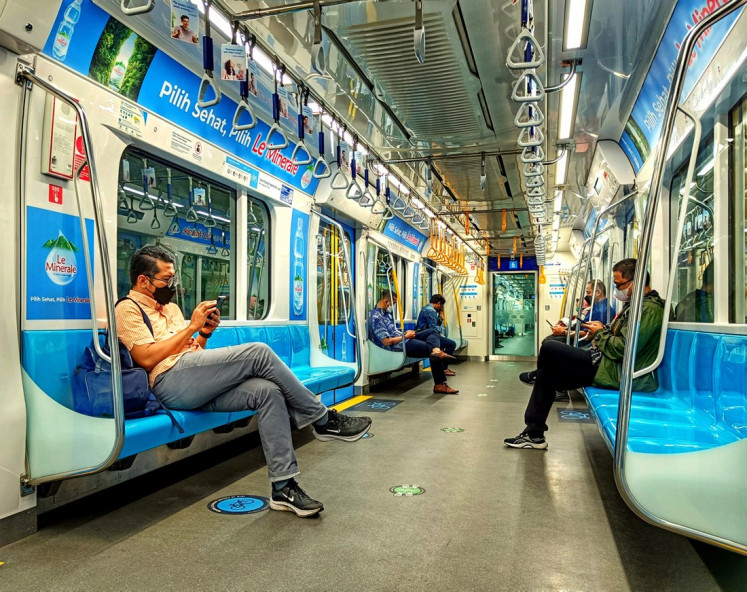Popular Reads
Top Results
Can't find what you're looking for?
View all search resultsPopular Reads
Top Results
Can't find what you're looking for?
View all search resultsPadang's collapsed buildings poorly constructed: Survey
Most buildings that collapsed during the recent earthquake in Padang, West Sumatra, were badly designed and constructed, a survey has concluded
Change text size
Gift Premium Articles
to Anyone
M
ost buildings that collapsed during the recent earthquake in Padang, West Sumatra, were badly designed and constructed, a survey has concluded.
Josia Irwan Rostandi, head of the structure and material laboratory at the University of Indonesia, said that the Sept. 30 quake would not have killed so many had houses and public buildings met quake-proof construction regulations.
"We found that most toppled houses had no steel reinforcement supporting the brick walls; it should have been obvious that those buildings would have not withstood strong tremors," he told The Jakarta Post at a press conference held at the university in Depok on Friday.
His team from the university spent several days in Padang to assess the structural conditions of hundreds of destroyed buildings in the region in the aftermath of the 7.6-magnitude earthquake that killed more than 700.
Josia also said many of the buildings that collapsed during the violent quake once had fewer stories.
"Several stories were added to existing structures without reinforcing their columns and beams," he added.
He highlighted the Ambacang Hotel, which used to be one of the biggest hotels in Padang. "The building dates back to the Dutch colonial era. It was originally built as a two-story structure; later when it was turned into a hotel, they added four more floors," he said.
The additional load, he added, placed pressure on the building's structure when the quake hit.
The first four floors of the hotel collapsed during the quake, trapping dozens of the hotel's 192 guests.
He urged regional administrations, especially those located in areas prone to earthquakes, to apply strict supervision to building sites.
"Those building tall structures should comply with the National Standards Agency's *SNI* 2002 regulation on quake-proof construction. Residents too must use quake-proof construction methods when building their houses," he said.
Under the regulation, buildings in Padang should be built to withstand peak ground acceleration (PGA) of 0.28 gal to 0.36 gal.
"The Sept. 30 quake had a PGA of 0.113 gal, far less than the estimated PGA for this area. Buildings constructed properly would have withstood the quake," Josia said.
"The regulation is based on the life-safety principal. If the tremor is weak, the buildings suffer minor damage; if the tremor is of moderate strength, the structure is damaged but reparable; if the tremor is strong, the structure suffers major damage but would remain standing," he added. (adh)










